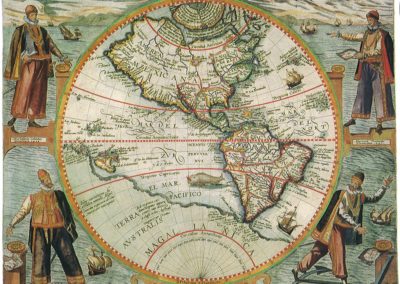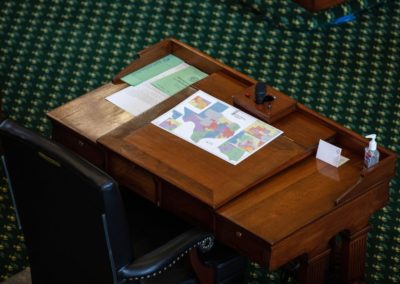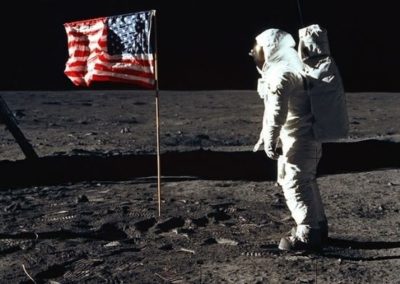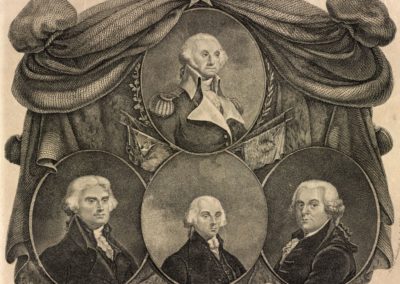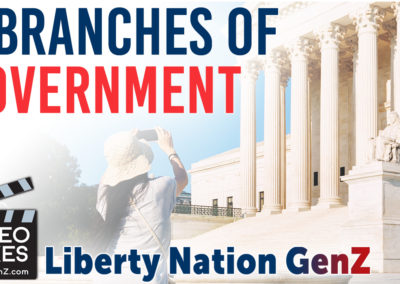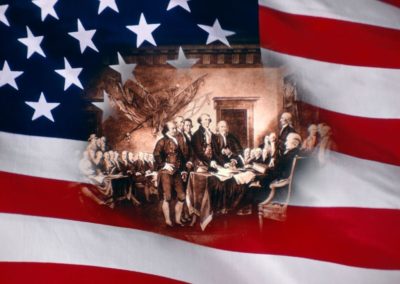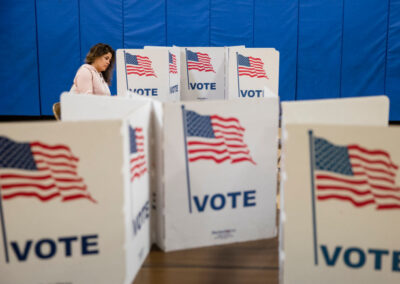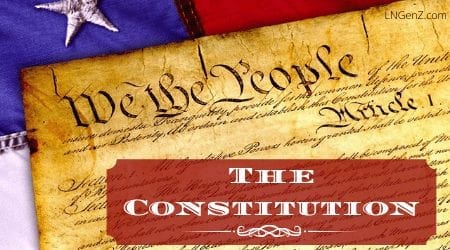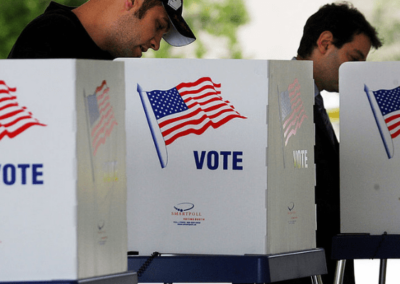Understanding Election Polling
Why you need to read beyond the headline.
By: Mark Angelides | November 1, 2024 | 620 Words

(Photo by Nathan Posner/Anadolu via Getty Images)
With the 2024 presidential election taking place on November 5, polls are becoming regular reading for many Americans; after all, everyone wants to know whether Vice President Kamala Harris or former President Donald Trump will win. But although most news organizations are keen to write stories or make TV segments about the very latest polling, they may not be painting a full picture.
National Polling
The majority of polls that are carried out are known as “national polls.” This means that the polling company asks its question (something like, “Who are you going to vote for in this election?”) to people all over the country. The survey takers try to get a mix of people to provide an accurate result, so they will adjust the poll for age, race, education, location, and which party the voter usually supports. By doing this, it creates a small sample of what America looks like.
However, because the election is not decided by the “popular vote” – as in, the person who gets the most wins – but by the Electoral College, the most valuable polling happens in just a handful of states, known as “battlegrounds” or “swing states.”
Battlegrounds
There are seven key battleground states: Arizona, Georgia, Michigan, Nevada, North Carolina, Pennsylvania, and Wisconsin. These states tend to “swing” each election cycle, and the winner of the majority often wins the actual election.

(Photo by Nathan Posner/Anadolu via Getty Images)
Although Vice President Kamala Harris currently has a lead in the national polling, she is behind Donald Trump in the battleground contests. Here is why that matters:
Every state in the union has a number of Electoral College (EC) votes based on how many people live there. More people equals more votes. In total, there are 538 of these votes up for grabs; to win the election, a candidate needs to get at least 270.
Many states are known as “safe,” meaning they will generally reliably vote for the same party – either Democratic or Republican – in every election. California for example, has not voted for a Republican president since George H.W. Bush in 1988. And New York hasn’t since Ronald Reagan in 1984. These states, and their EC votes are considered safe for the Democratic Party. Likewise, in Wyoming, a Democrat candidate has not been chosen since Lyndon B. Johnson in 1954.
If we total up the safe states, Republicans can rely on roughly 219 EC votes (meaning Trump needs to win 51 more votes, and Democrats can expect to get 226 (so Harris needs only 46). And this is where the swing states come into play.
Swing State Math
Here are the EC vote totals for each swing state:
- Arizona: 11
- Georgia: 16
- Michigan: 15
- Nevada: 6
- North Carolina: 16
- Pennsylvania: 19
- Wisconsin: 10
So each candidate needs to win a combination of these states to cross the 270-vote finish line. Both Donald Trump and Kamala Harris need to win at least three of these states to become president.
This is why battleground polling is more important than national polling: It shows a path to victory. If a candidate is losing in four or more of the crucial places, they will not be able to get the required number of votes. When we see where the campaigns are doing the most work and spending the most money, it is always in these seven states. Now you know why.
Takeaways:
- Swing states, or battleground states, are states that don’t reliably vote for the same party each election.
- Swing state polling is far more effective than national polling because that’s where the election is actually decided – in the swing states.
- Because elections are won in swing states, that’s also where candidates tend to spend the most time and money when campaigning.





